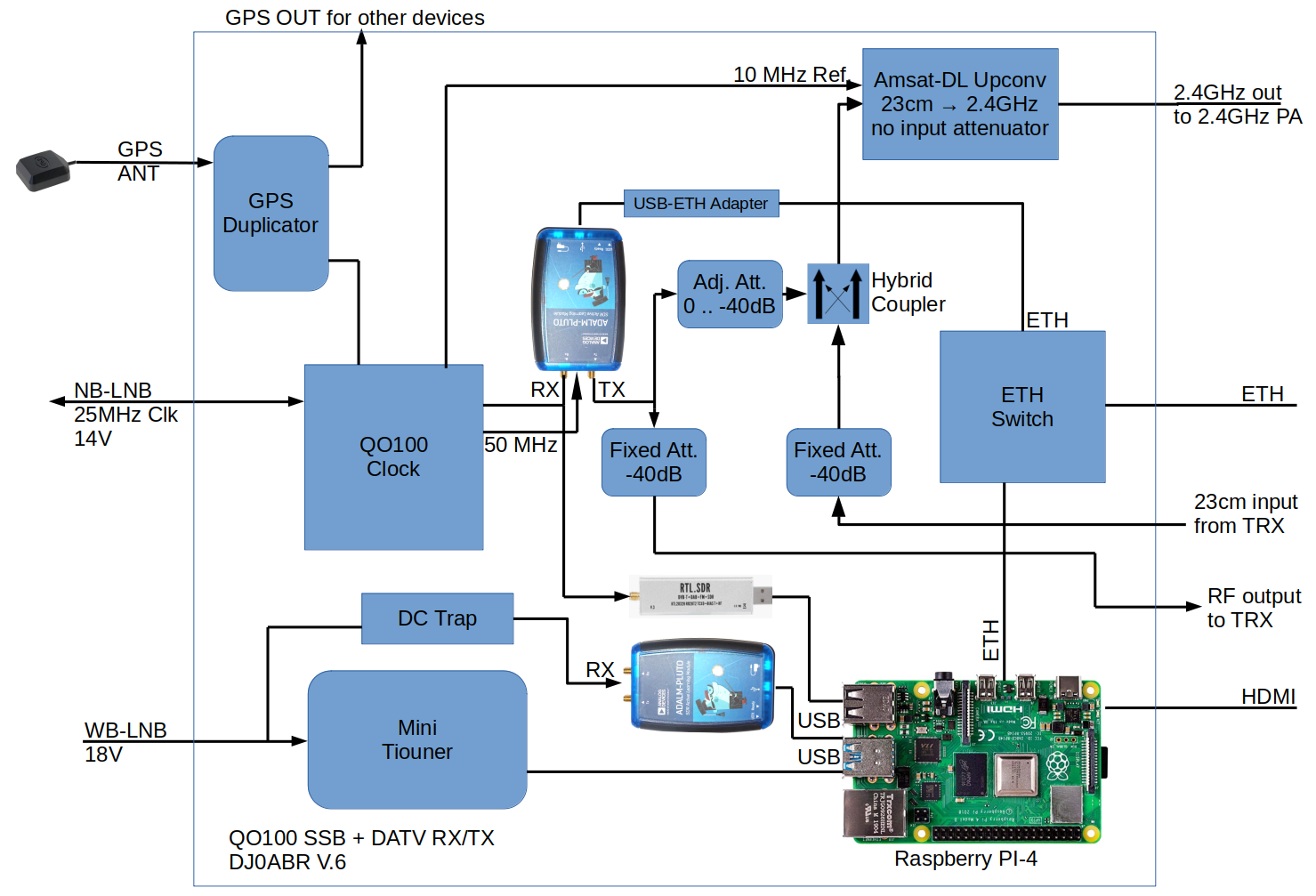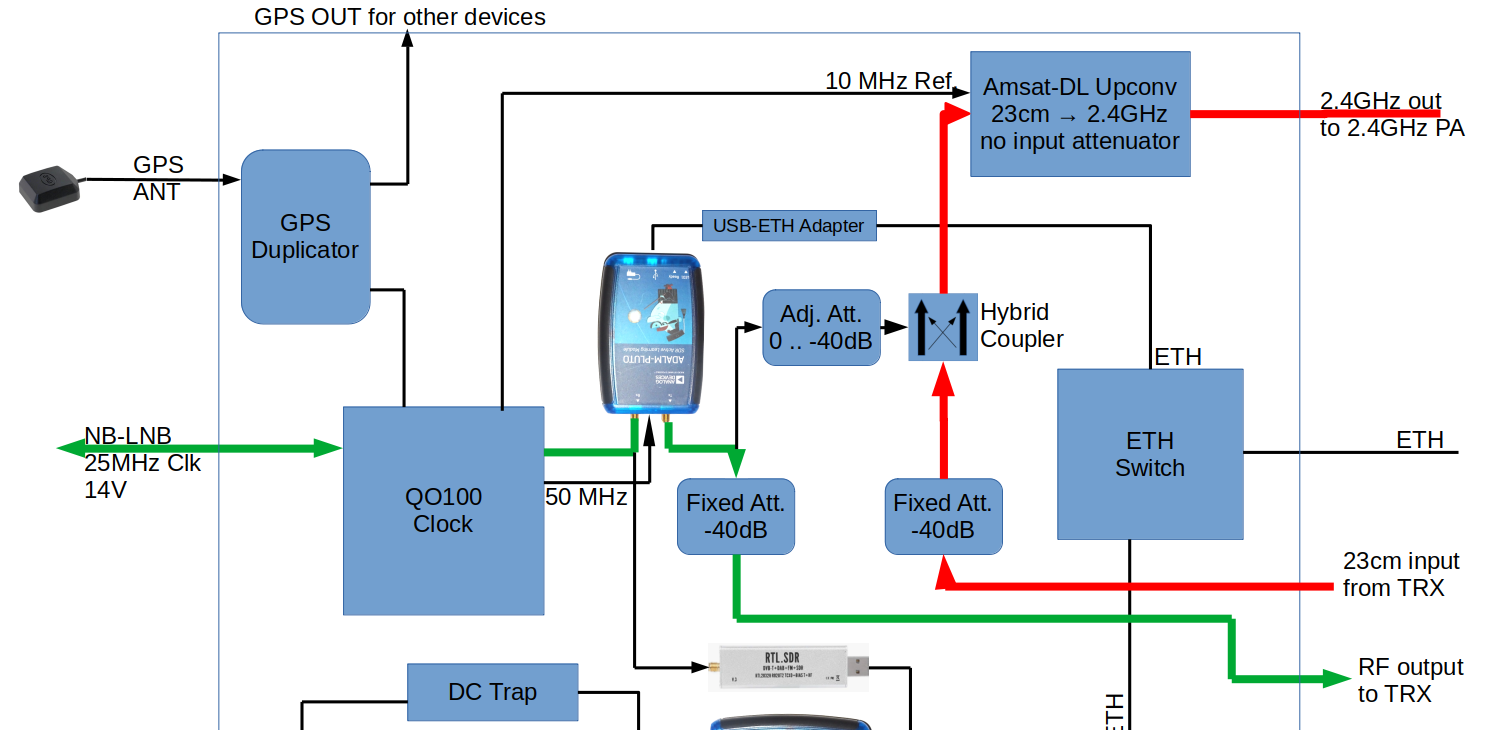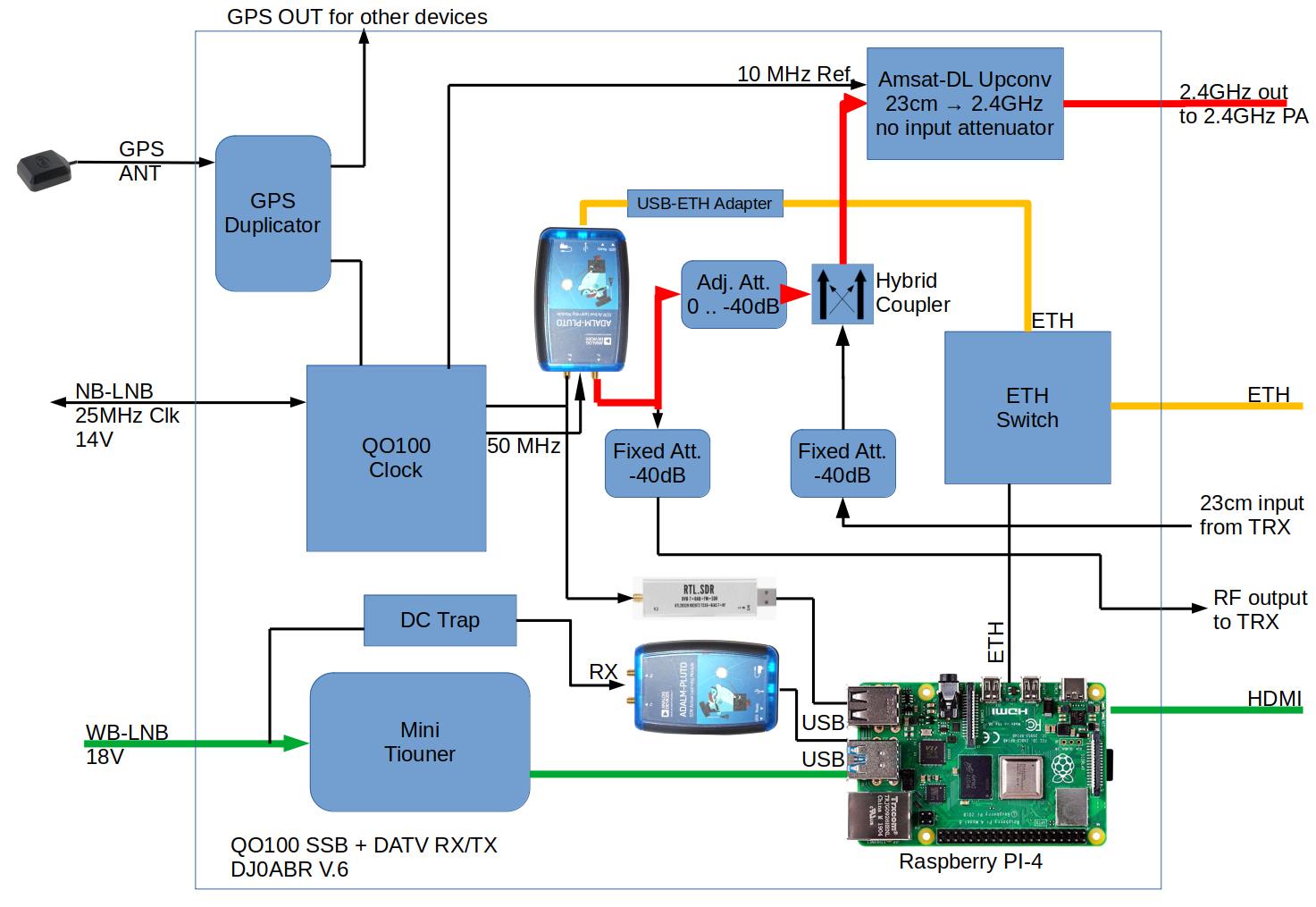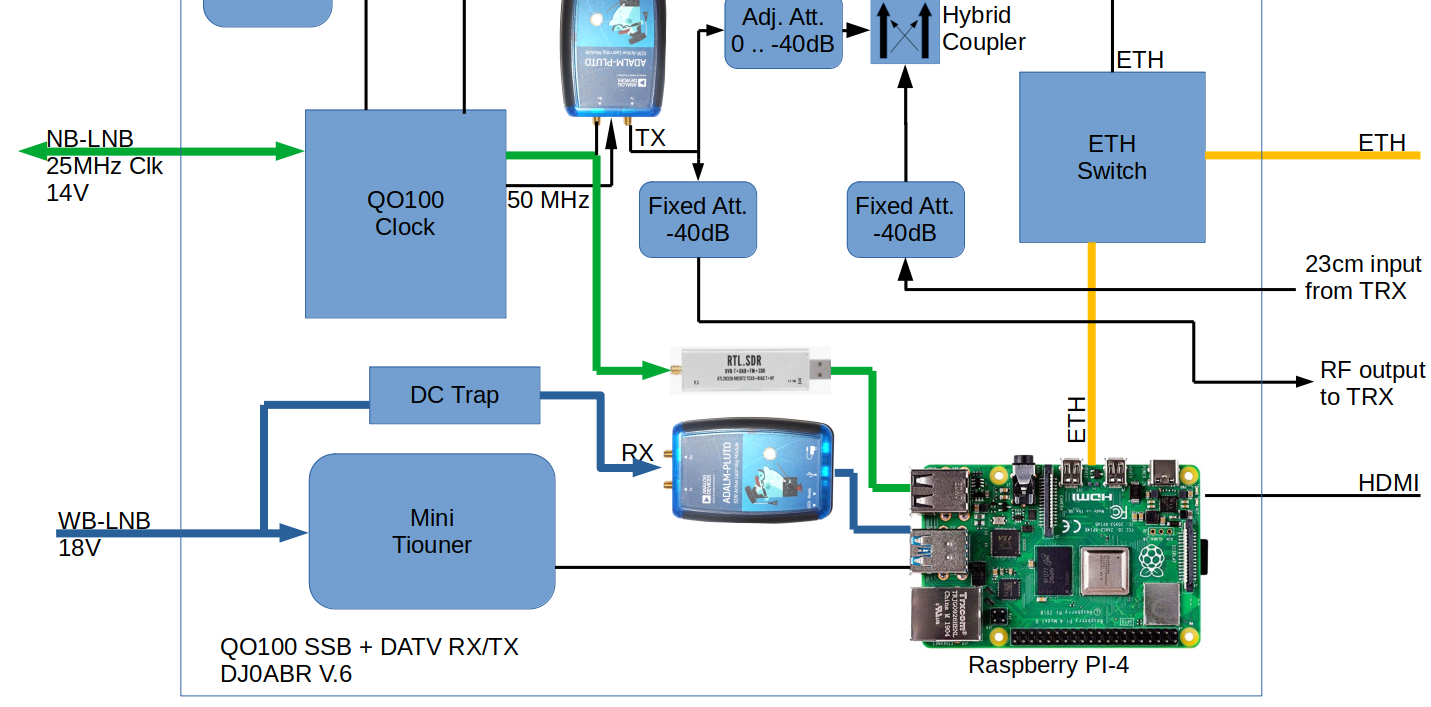DJ0ABR Projects
QO-100 Software:
QO100 HighSpeed Modem
QO100 Pluto Linux-Transceiver
QO-100 Hardware:
2.4GHz Power Low Pass Filter
Adalm-Pluto Metal Case
QO-100 Power/Clock Module
2,4GHz 250W PA
Electronics:
Raspi HAM Radio Control Board
CIV Icom-CAT Interface Router
Ethernet Relais-Box
ESP Controller
TFT Display
Short Wave Projects
SW KW-LDMOS PA Overview
7" KW-PA Controller
Symmetric Short Wave Tuner
Power/SWR 2kW Precision Bridge
5 watts TX Filter
APRS:
LoRa APRS Overview
Tips and Tricks:
Hard- and Software Tricks
LinuxCNC Technics:
Machine into Network
CNC Signal Light
CNC Pendant
High End Weather Station WS-2-Plus:
Overview






